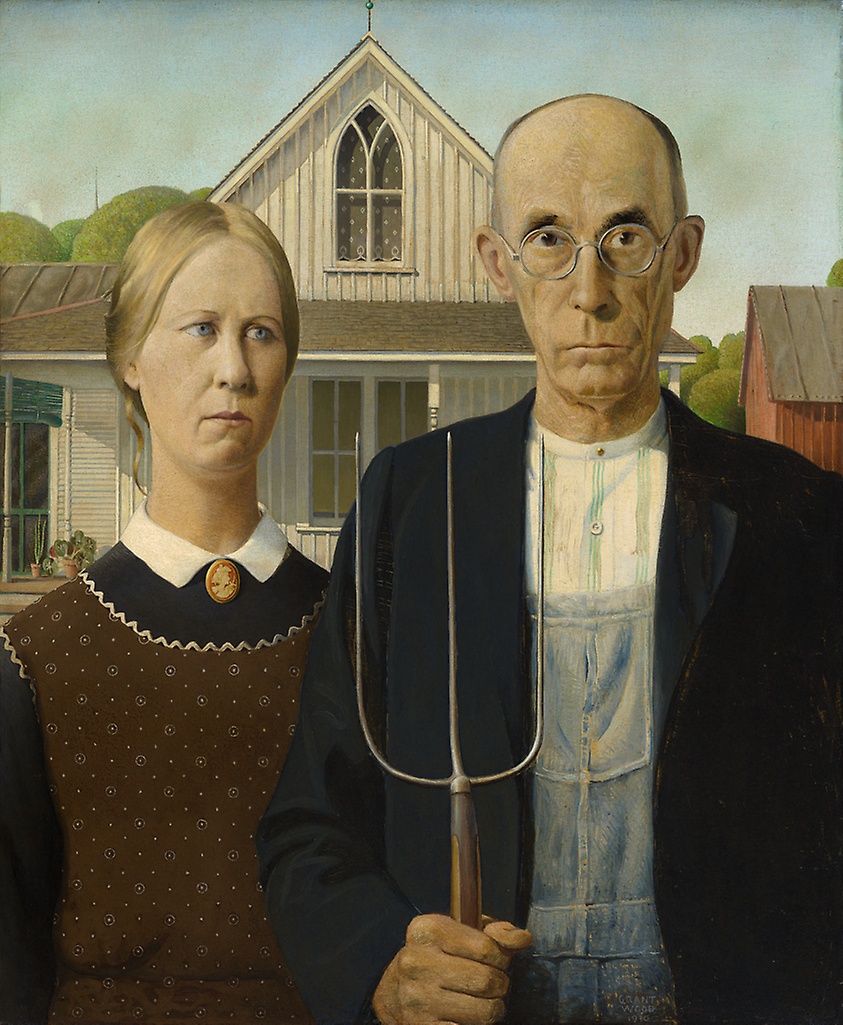The Finding Aid for my collections of Nacirema Music is progressing slowly, and lately my ears have been reimmersed in musical genres I haven’t paid much attention to in recent years. One of my ad hoc categories is “So Very American”, containing tunes that just couldn’t have any other source or identity, and that rend the patriot heart. Not that they’re ‘patriotic’, not at all, but they evoke a warm feeling of recognition of shared understanding that might be difficult to explain to auslanders. Here are two that surfaced today in my Spotify Discover Weekly:
Chris Smither No Love Today
Spotify
and
No Love Today
Chris Smither
I don’t know much, when I knew less
And I was heartbroke for the first time
I was drowning in my tears
I went looking for a lifeline
Trying to find some comfort
A simple tender touch
Searching for some little cure
That would not cost too much
And I could hear that produce wagon on the street
I could hear that farmer singing
As I cried myself to sleepI got ba-na-na, watermelon, peaches by the pound
Sweet corn, mirleton, mo’ better than in town
I got okra, enough to choke ya
Beans of every kind
If hungry is what’s eatin’ you
I’ll sell you peace of mind
But this ain’t what you came to hear me say
And I hate to disappoint you
But I got no love today
I got no love today
I got no love today
No love todayI could not love to save myself
From lonesome desperation
Everything I thought was love
Was worthless imitation
My concept of commitment
Was to take all you could give
I thought the cheapest thrills I loved
Were teachin’ me to live
But nothin’ seemed to last or see me through
Nothin’ but that little song
That I still sing for youI got ba-na-na, watermelon, peaches by the pound
Sweet corn, mirleton, mo’ better than in town
I got okra, enough to choke ya
Beans of every kind
If hungry is what’s eatin’ you
I’ll sell you peace of mind
But this ain’t what you came to hear me say
And I hate to disappoint you
But I got no love today
I got no love today
I got no love today
No love todayNo love today, none tomorrow
Not now, not forever
You can’t see what comes for free
I think you much too clever
For your own good I will tell you
What’s right before your eyes
Intelligence is no defense
Against what this implies
In the end no one will sell you what you need
You can’t buy it off the shelf
You got to grow it from the seedI got ba-na-na, watermelon, peaches by the pound
Sweet corn, mirleton, mo’ better than in town
I got okra, enough to choke ya
Beans of every kind
If hungry is what’s eatin’ you
I’ll sell you peace of mind
But this ain’t what you came to hear me say
And I hate to disappoint you
But I got no love today
I got no love today
I got no love today
No love today
*****
Birds of Chicago American Flowers
and
[Chorus]
I have seen American flowers all across this land
From the banks of the Shenandoah, along the Rio Grande
Do not fear the winter blowing in the hearts of men
I have seen American flowers they will bloom again[Verse 1]
On the Southside of Chicago, a man who’s not yet grown
Went out for a ride but the car was not his own
He did not see the stop sign or the boy on a skateboard
Now he’s lying broken on the ground
Nobody around he coulda, he coulda drove away
But he pulled on over to the curb and he ran out where he lay
Used his hoodie for a pillow said “little man you’re gonna be ok”
And he waited for the ambulance to come[Chorus]
I have seen American flowers all across this land
From the banks of the Shenandoah, along the Rio Grande
Do not fear the winter blowing in the hearts of men
I have seen American flowers they will bloom again[Verse 2]
Tender was the night down in the Tenderloin
In an alley off O’Farrell Street, in the neon glow
Well she finally caught that dragon a mile from Chinatown
She took her wings and eased her body down
She gave a little shudder, but no pain, she felt no pain
And she knew that she was back on home in Morgantown again
She could smell the lady slippers and the wild thimble weeds
“Mama I was just mad, I never meant to leave”[Chorus]
I have seen American flowers all across this land
From the banks of the Shenandoah, along the Rio Grande
Do not fear the winter blowing in the hearts of men
I have seen American flowers they will bloom again[Verse 3]
Layin’ roof in Texas is the job for someone younger
And so is catching fastballs from your Grandson in the summer
But there you are saying “Come on kid, lemme feel that hummer”
With your back and hips and knees on fire
And he says “Come on Grandpa, when you gonna let me throw a curve?”
And you’re looking back at him in the sun and you feel your heart is bursting
Let me keep him from himself and those that mean to hurt him
If that be your will, oh Lord[Chorus]
I have seen American flowers all across this land
From the banks of the Shenandoah, along the Rio Grande
Do not fear the winter blowing in the hearts of men
I have seen American flowers they will bloom again[Verse 4]
Right there off the interstate in Northwest Ohio
In the amber waves of grain and the assemblies of crows
There rose the two twin spires beside a golden dome
The Islamic Mosque of Greater Toledo
I was flying down the highway when it caught my eye
I was sipping red cream soda, I was listening to Johnny Prine
And I saw that golden dome against a pink and purple sky
I was singing “don’t let your baby down”[Chorus]
I have seen American flowers all across this land
From the banks of the Shenandoah, along the Rio Grande
Do not fear the winter blowing in the hearts of men
I have seen American flowers they will bloom again










